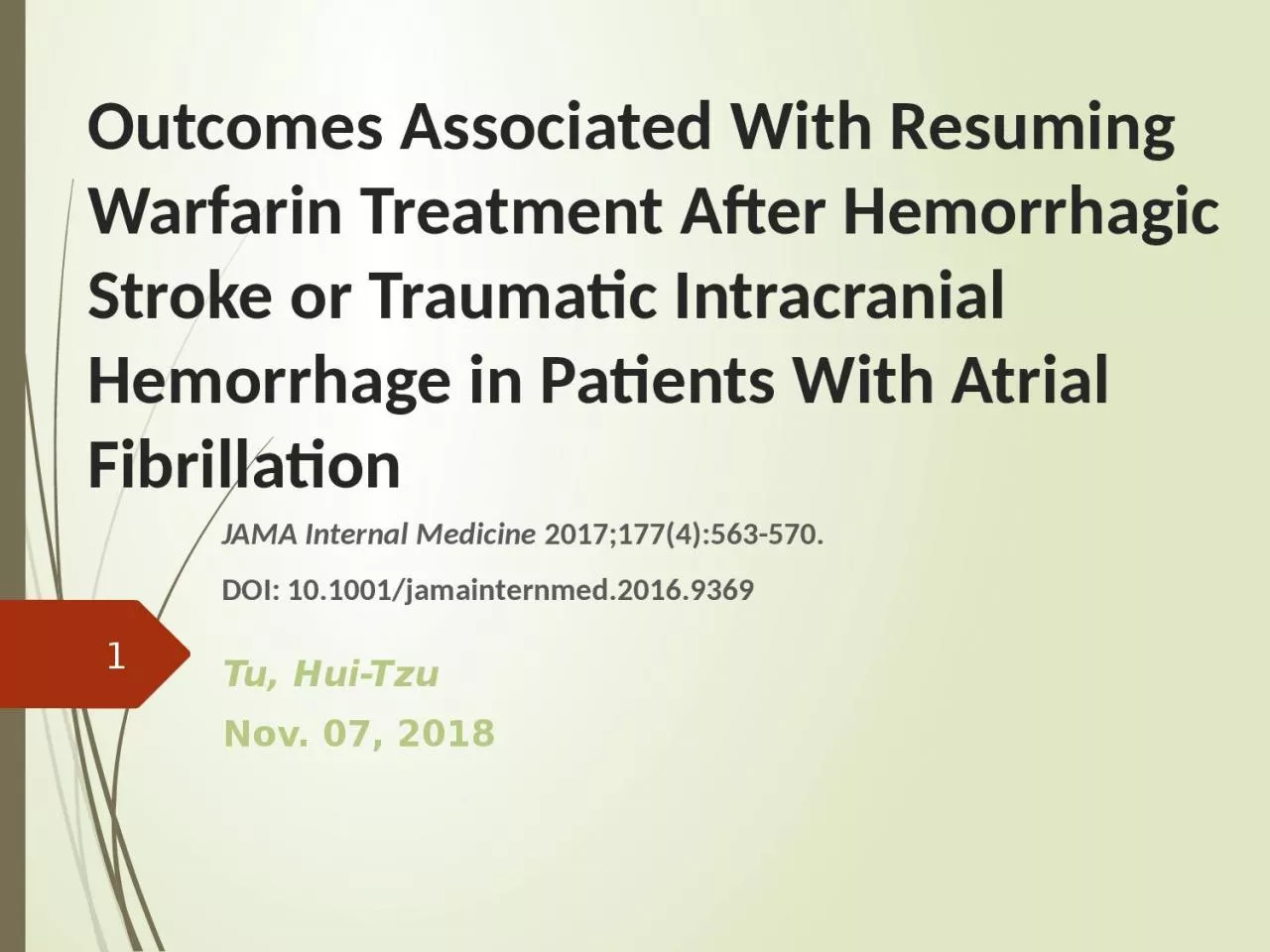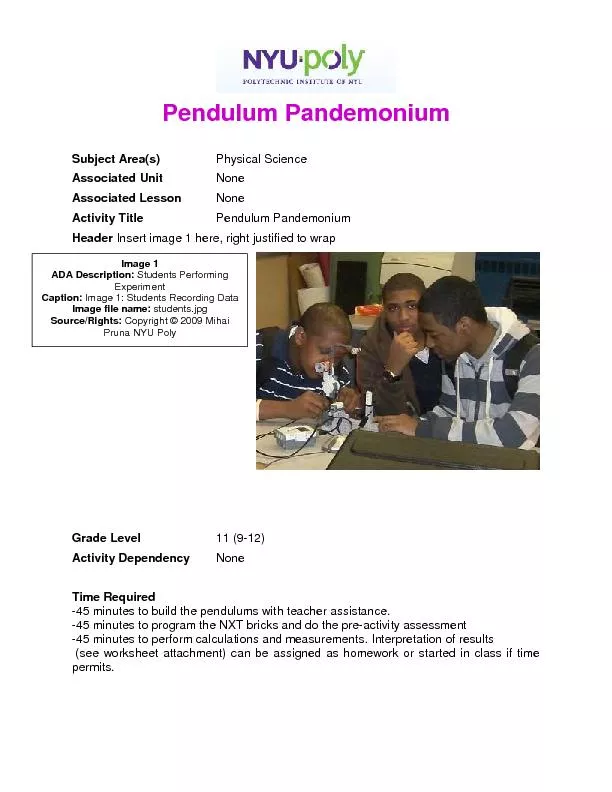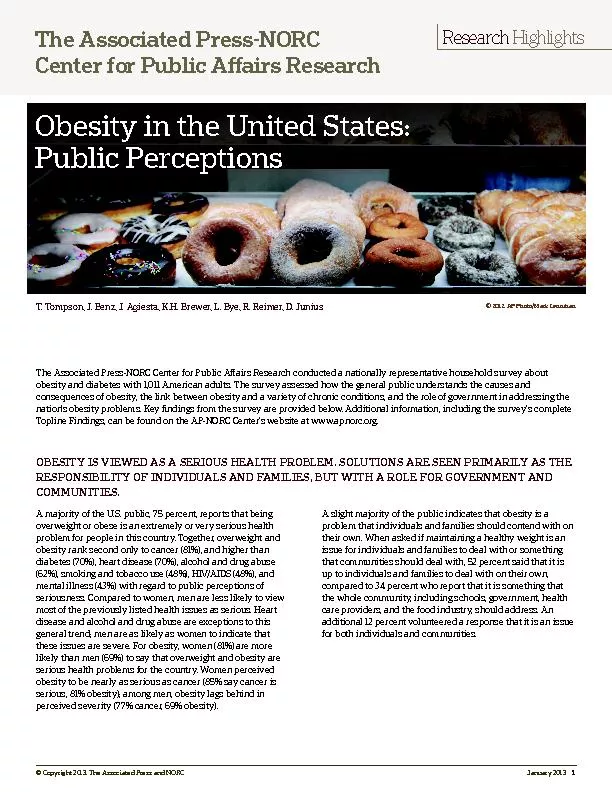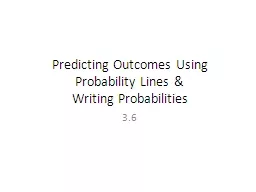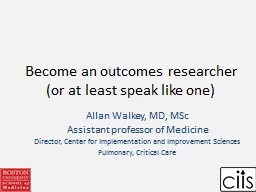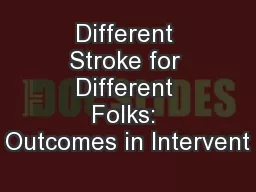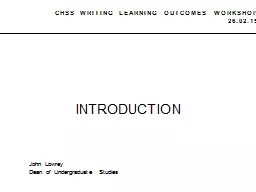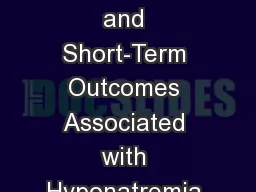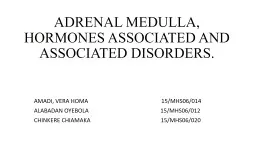PPT-Outcomes Associated With
Author : daisy | Published Date : 2023-12-30
Resuming Warfarin Treatment After Hemorrhagic Stroke or Traumatic Intracranial Hemorrhage in Patients With Atrial Fibrillation JAMA Internal Medicine 20171774563570
Presentation Embed Code
Download Presentation
Download Presentation The PPT/PDF document "Outcomes Associated With" is the property of its rightful owner. Permission is granted to download and print the materials on this website for personal, non-commercial use only, and to display it on your personal computer provided you do not modify the materials and that you retain all copyright notices contained in the materials. By downloading content from our website, you accept the terms of this agreement.
Outcomes Associated With: Transcript
Download Rules Of Document
"Outcomes Associated With"The content belongs to its owner. You may download and print it for personal use, without modification, and keep all copyright notices. By downloading, you agree to these terms.
Related Documents

